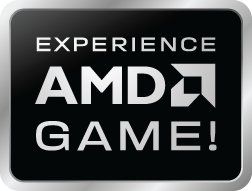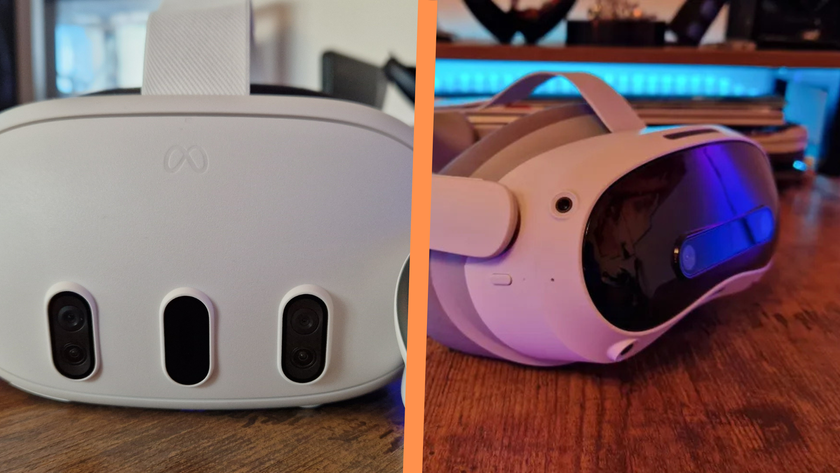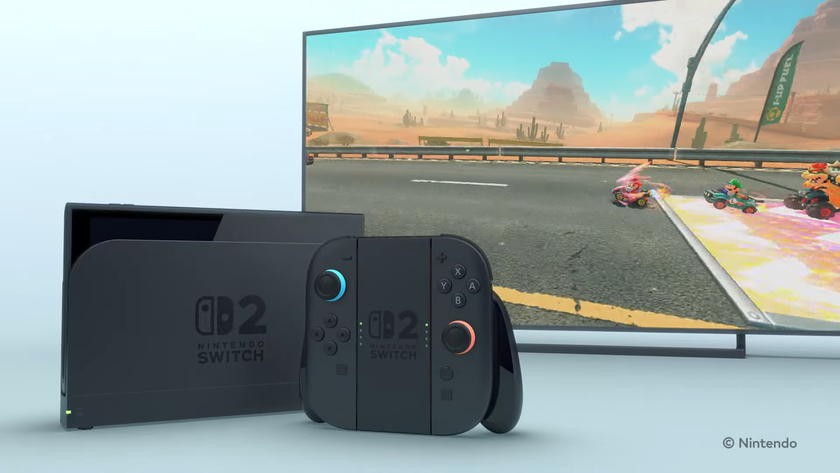AMD Introduces AMD Game!
A look behind the press release at AMD's new system-labeling initiative
This morningAMDannouncedAMD Game!,a badge for PC gaming systems that’s intended to help mainstream as well as enthusiast PC gamers cut through the dazzling chaos and confusion of constantly changing hardware and select gaming rigs that are guaranteed to play today’s and tomorrow’s PC games at minimum framerates.
You wouldn’t know it from thepress release, which contains more fluff than you’ll find in the collective belly-buttons of every gamer on the entire North American continent, but AMD Game! is actually a refreshingly specific marketing program with the potential to vastly expand the audience for PC games.
AMD Game! introduces two tiers of gaming rigs with minimum specifications. Inside every machine badged as an AMD Game! system you’ll find at least an AMD Athlon X2 5600+ processor, AMD 770 or Nvidia nForce 500 chipset, 2GB DDR2 RAM, and an ATI Radeon HD 3650 video card. AMD Game! systems are targeted at what AMD considers “mainstream” gamers, and are intended to play most games at a minimum 30 frames per second running at 1280x1024, with the majority of games running at much faster frame rates than that.

Rigs badged as AMD Game! Ultra will pack at least an AMD Phenom X4 9650 processor, AMD 770 chipset, 2GB of RAM, and anATI Radeon HD 3870video card. These systems are intended for the Bawls-sipping elite gaming crowd and are intended to play most games at a minimum of 30 frames per second running at 1600x1200 resolution. (All the games, by the way, were tested at the game’s “default” video options, which usually sit one notch above medium across-the-board.)
Not surprisingly, games like Crysis that impose insane demands on your PC aren’t included in the benchmark slides I was given by AMD, but tested games did represent a fair sampling of mainstream and enthusiast PC games including Quake Wars, Half Life 2: Episode 2, World of Warcraft, Sins of a Solar Empire, C&C 3 Tiberium Wars, and Sims 2 Deluxe. Of these, only Quake Wars, C&C 3 Tiberium Wars and Sims 2 Deluxe hovered near the 30 frames per second line.
It’s true that the games that impose insane demands on your PC - like, say, Crysis - are also likely to be the ones most coveted by enthusiast gamers, but the AMD Game! and AMD Game! Ultra badges are, like all benchmarks, intended to be representative of a certain class of gaming PCs rather than hard and fast guarantees on gameplay which AMD couldn’t provide unless they lorded over developers with an iron fist in the way that the console pimps do. So, rather than have to examine the spec list of a gaming PC and worry about whether one skimpy part is going to bottleneck the PC’s performance in games (such as a single gigabyte of RAM), you can be relatively assured of the gaming prowess of a system labeled with either badge.
And what else will do more to convince folks that PC gaming doesn’t require a degree in geekery to enjoy? Anytime someone’s on the market for a new PC - whether gaming is the primary purpose or not - he or she can check for the AMD Game! badge and know that this system will be able to play most games off the shelf at 30 frames per second.
Sign up to the 12DOVE Newsletter
Weekly digests, tales from the communities you love, and more

Of course, as game requirements rise and new components are released into the wild, new specs will be required to maintain this assurance, so rather than throw additional degrees of complexity at consumers with a graded scheme - AMD Game! 1, AMD Game! 2, etc. - AMD opted instead to simply update the specs every six months, a simple solution that I’m certain would have made Confucius proud.












